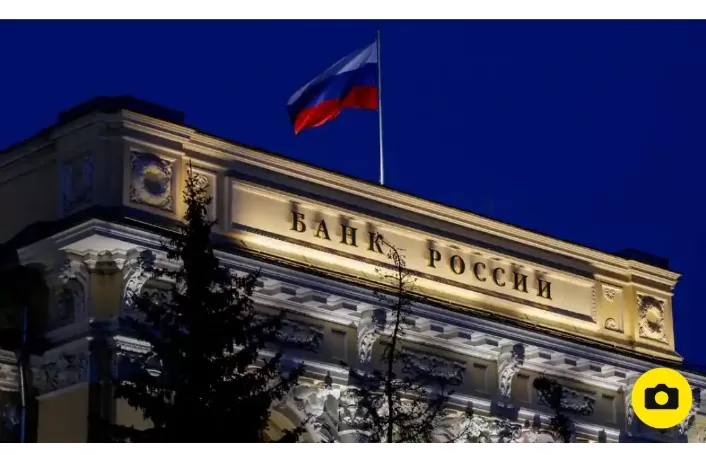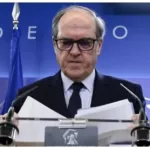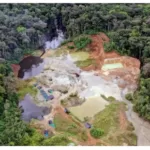In a move that has taken financial analysts by surprise, Russia’s central bank has made a significant adjustment to interest rates, pushing them to 15%, citing a sharp escalation in inflation as the driving force behind this decision.
The central bank attributes the surge in inflation, from 6% in the prior month to 6.6% in October, to the war-torn economy’s constrained ability to cope with an upswing in consumer demand. Despite this aggressive rate hike, experts anticipate inflation to persist, eventually reaching 7.5% by year-end, only to recede to 4% in the following year, as per the central bank’s projections.
The bank emphasized, “Current inflationary pressures have significantly increased to a level above the Bank of Russia’s expectations.” These pressures extend across a broad spectrum of goods and services, signifying that the sustained expansion of domestic demand is surpassing the capacity to augment the production of goods and service provision. Consequently, this dynamic is emboldening businesses to pass on heightened expenses to consumers, driven, in part, by the weakening rouble and labor shortages.
Seasonally adjusted price growth, a gauge of underlying pressure faced by Russian businesses, recorded a substantial 12.1% in annualized terms during the third quarter, surging from 5.1% in the three months preceding June.
Nevertheless, the central bank’s decision to implement a two-point rate increase came as a shock to market observers who had anticipated only a one-percentage-point rise.
A significant factor contributing to Russia’s economic predicament is the substantial diversion of manufacturing resources towards the war effort post-invasion of Ukraine in February 2022. This diversion has left the economy ill-prepared to accommodate an increase in private consumer spending, which has languished nearly 10% below pre-invasion levels over the past 18 months.
Elvira Nabiullina, the central bank’s governor, explained that despite the complexities posed by events in the Middle East, the bank had no alternative but to counteract the inflationary impact stemming from Moscow’s budget expansions.
Earlier this month, the rouble tumbled to an exchange rate of 102 to the US dollar. However, subsequent capital controls imposed on rouble outflows from Russia prompted a partial recovery, bringing the exchange rate down to 93 roubles per dollar this week.
The depreciating value of the rouble has compounded the costs of imports, acting as a catalyst for escalating prices. Prior to the Ukraine invasion, $1 could be obtained for 75 roubles, marking a significant contrast to the current exchange rate.
Notably, Russia’s GDP is expected to expand by 2.2% this year, in line with the International Monetary Fund’s latest forecast. This expansion is largely attributed to increased expenditure on military equipment, particularly in the context of the surge in defense budget allocation, which now accounts for 3.9% of GDP, surging from 2.7% in 2021. These numbers are projected to jump by over 70% in 2024, reaching approximately 6% of GDP, as per assessments by Reuters.
Furthermore, recent welfare benefit increments for families and older citizens, ostensibly intended to garner domestic support for the ongoing war, have bolstered consumer spending. Vladimir Putin has acquired additional resources owing to a 70% hike in gas prices over the last three months, along with an increase in oil prices.
On the other side of the conflict, the National Bank of Ukraine was able to slash interest rates by four percentage points to 16%, a more substantial reduction than the 18% projected in a Bloomberg survey. This signifies Ukraine’s encouraging economic trajectory following a nearly 30% slump last year, post-Russian aggression. The central bank now forecasts a 4.9% GDP growth for Ukraine in 2023, exceeding the initial 2.9% estimate.




